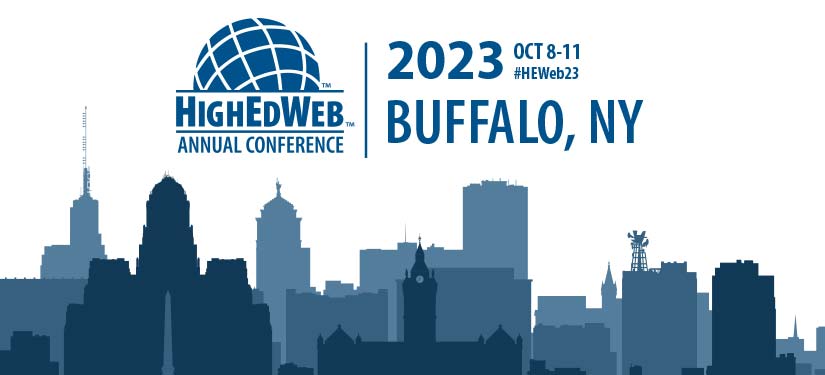Why accessibility matters to me
I will discuss my experience with my daughter being born with a heart condition, life-flighted to a hospital five hours away and me trying to figure out how to get to her as quickly as possible. I was emotional, stressed and tired. With all that going on, I had to figure out how to get to her by booking a flight which I do very rarely, getting a cab (this was before Uber), and trying to figure out how to get to the right hospital in the right place of a town I have never been to. I didn’t realize it then, but I was in a cognitive space that didn’t allow me to understand the website content. I was experiencing a situational disability.
I am also going to touch on permanent and temporary disabilities. Knowing that there are different types of disabilities is another tool in your toolbelt for helping promote the use of assistive technologies and creating accessible solutions.
What is accessibility?
Accessibility is all around us. We have made accessibility part of our physical world, which has become part of how we interact with everything. Nobody thinks twice about a curb cutout going into a crosswalk or the sound that plays when the sign switches from walk to don’t walk. These are all put there for accessible reasons, but they have become commonplace now. We have been designing for the physical space for years to allow everyone the same access to buildings and streets. Over time and by building accessibility into their culture, architects have excelled at creating beautiful, functional things while providing everyone access. This same concept can be applied today to our technology.
Why should accessibility matter to you?
There is a strong business case for accessibility. Accessibility overlaps with other best practices such as mobile web design, device independence, multi-modal interaction, usability, design for older users and search engine optimization. Case studies show that accessible websites have better search results, reduced maintenance costs and increased audience reach, among other benefits. Also, it is the right thing to do.
You might be required to have some level of accessibility. You don’t want to get sued. I hate using this as a reason, but sometimes money is the only thing that talks.
Tips and tricks for triaging accessibility issues
What can you do right now? You can start by triaging some of your current work.
User testing is one of the best ways to surface accessibility issues. The key is ensuring you include accessibility requirements in the testing instructions. If you hire a third party to perform user testing, ensure they offer accessibility testing with their services. Try testing the content yourself. Watch any of your videos with the sound off. Make sure that the transcriptions are kept in time with the video and that it makes sense together. Take a few steps away from your monitor. Ensure the text is still readable and the colors don’t blend together.
Use your mouse with your non-dominant hand. This will help ensure that the clickable area around call-to-action buttons is large enough. Use the voiceover. It will help you recognize if your content makes sense without the design. If you can’t understand what it is through voiceover, neither will somebody that has a hard time reading the content.
Make accessibility a habit
As leaders, I want to challenge you to make accessibility a habit. Make it part of the initial plan, not an afterthought. Good design is accessible design, good development is accessible development and good content is accessible content. Great teams put all of that together in accessible projects as a whole.
We are in the education space. Take a few minutes and teach somebody you work with how to make the next project more accessible. Debrief your projects as a team, and discuss where you can better utilize our tools to help be more accessible. Stop doing the minimum and start doing what creates the best experience for everyone involved.
If you make accessibility a part of your process, it becomes second nature and ingrained in the organization. Learn more about the experience so you can help improve it. Making accessibility a habit, or even making it a crucial part of your culture, creates a better web for everyone.
Presenter
Chris Kindred — Modern Tribe
Log in
Please log in to access the recording, slides and other session materials. Paid members have full access to the entire library.
New members
HighEdWeb offers several membership classes. Join today as a premium, affiliate, student or institutional member for full access to this session. Become a paid member.
Shortcode
WSC6
